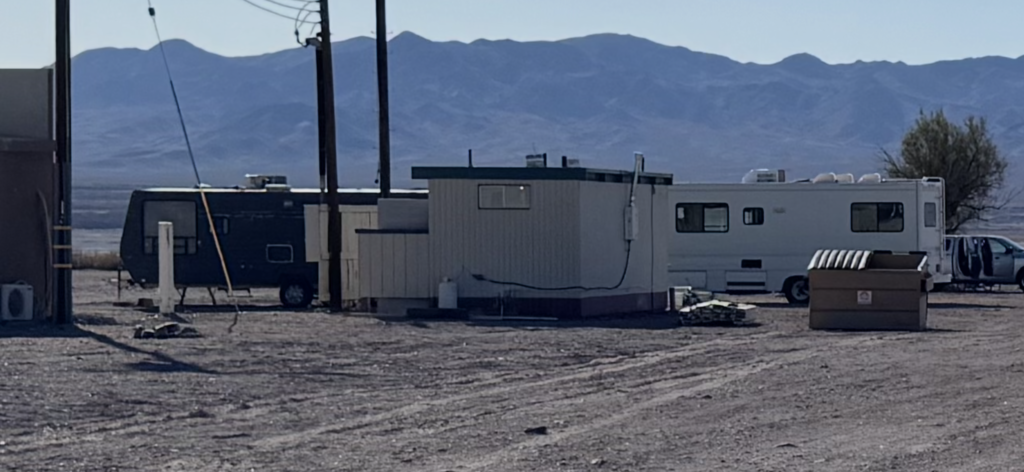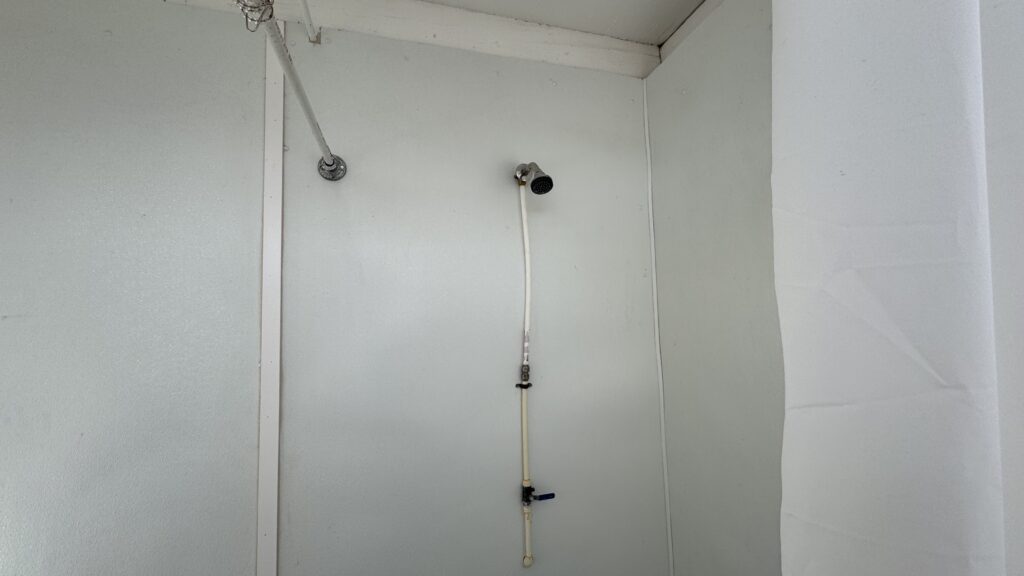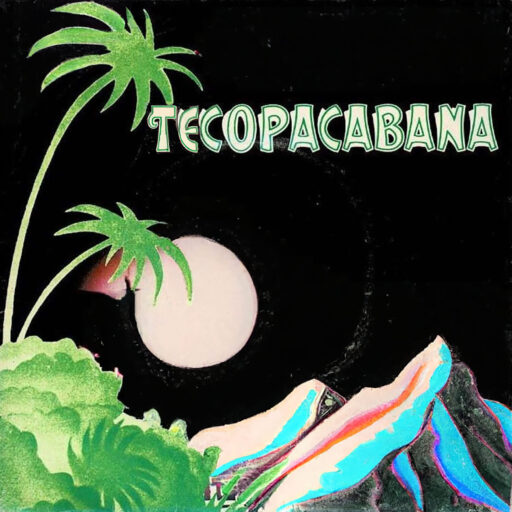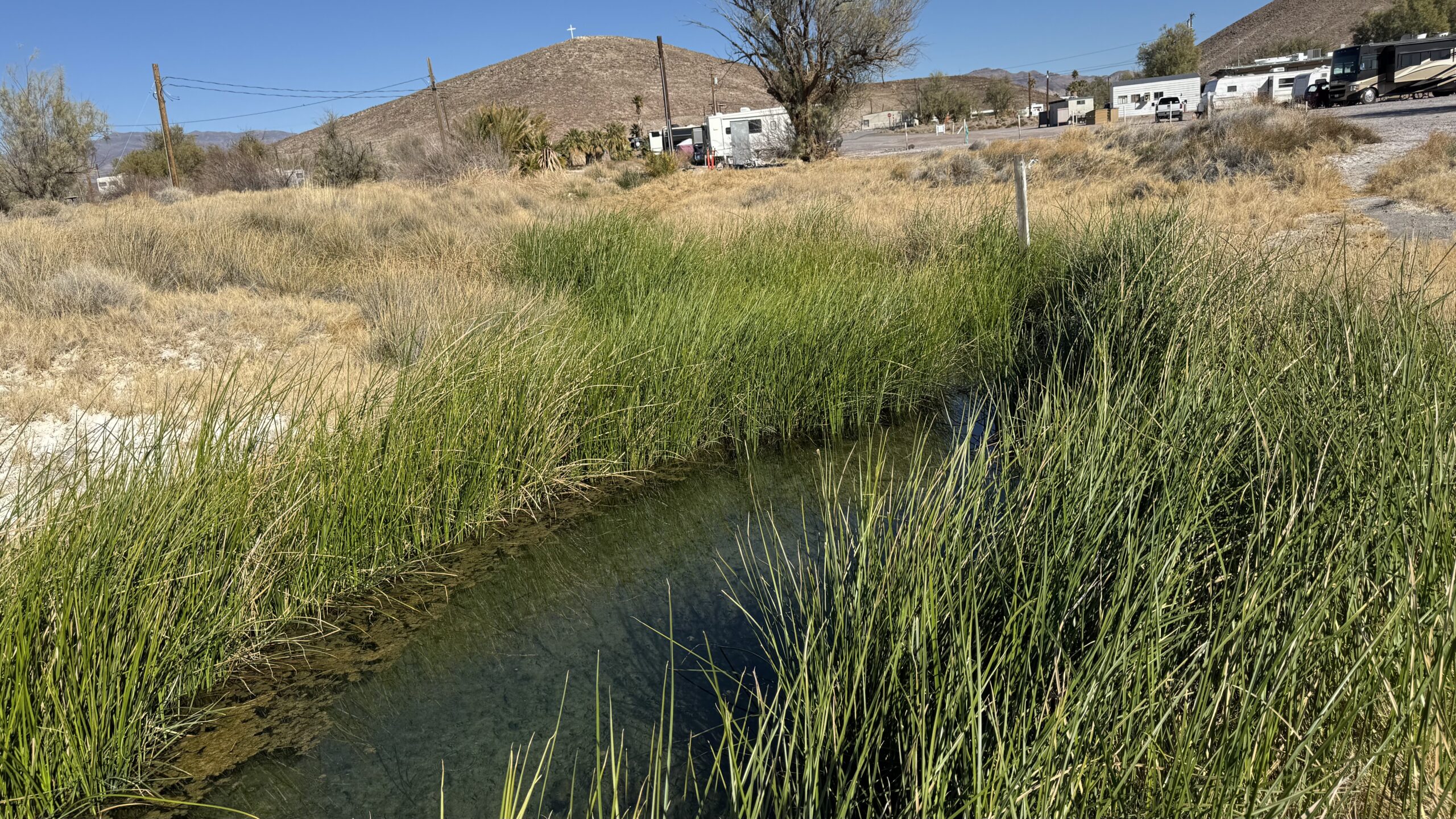Hot springs have long been revered for their therapeutic and spiritual benefits, from Japan’s ancient onsen culture to Iceland’s steamy geothermal lagoons. These natural baths provide relaxation, healing, and a connection to the earth’s mineral-rich waters. Yet, despite their tranquil allure, many newcomers overlook an essential etiquette rule: showering before soaking.
In Tecopa, California—home to some of the most beloved natural hot springs in the Mojave Desert—this practice is more than just a matter of courtesy. The water from these geothermal pools eventually flows back into the surrounding region, impacting the fragile ecosystem of the Amargosa River. By neglecting to rinse off before soaking, visitors risk introducing contaminants that could disrupt this delicate waterway and harm the rare species that depend on it.
As we noted in a previous article, the Amargosa River region is already struggling due to the lack of a proper management plan, with a deadline of September 30, 2025 for the Bureau of Land Management (BLM) to take action and implement a plan.
An Easy Way to Keep Tecopa Beautiful

While it is obvious at all of Tecopa’s resorts that soakers must shower first, a little-known fact about Tecopa: visitors to Borehole Spring do not have to struggle to find a place to rinse off before soaking.
The Tecopa Hot Springs Campground, a publicly accessible site run by a concessionaire, offers gendered soaking pools for a $10 day pass (and one private pool for $25 per hour), but it also provides free public restrooms and at least one operational shower. These facilities are housed in three small buildings across different sections of the campground on Tecopa Hot Springs Road, with a shower available directly across from the town dumpsters.
For those heading to Borehole Spring or the Miner’s Tub, stopping by to rinse off beforehand—and disposing of any trash responsibly—helps keep both the hot springs and the Amargosa River clean. And frankly, if you’re soaking in Tecopa’s natural pools, you’ll probably want to shower afterward too, as the water has tested positive for E. coli.

A Ritual of Respect and Cleanliness
The act of showering before entering a hot spring is a fundamental part of the experience, ensuring that the waters remain clean and therapeutic for all bathers. Many hot springs, including those in Tecopa, contain delicate mineral compositions that offer health benefits, from easing muscle tension to improving circulation. However, these waters can be easily tainted by oils, lotions, sweat, and other impurities from our bodies.
In Japan, where onsen culture is deeply ingrained, it is customary to cleanse oneself thoroughly before stepping into a communal bath. This practice isn’t just about social etiquette—it’s a way of preserving the purity of the water for everyone. The same principle applies in Tecopa, where failing to rinse beforehand can introduce bacteria and unwanted chemicals that may ultimately flow into the Amargosa River and the surrounding fragile ecosystems, threatening its already precarious health. Contaminants such as sunscreens, soaps, and body oils don’t just affect fellow bathers—they seep into the groundwater and make their way back into the river, impacting its ecosystem and the rare wildlife that depends on it.
The Case for Soaking in the Nude
Another often-overlooked aspect of proper hot spring etiquette is the preference for nude soaking. Many traditional hot spring destinations, particularly in Japan and parts of Europe, encourage—if not require—bathers to enter the waters without clothing. While this practice may seem unusual to some, it is rooted in both hygiene and cultural significance.
Swimsuits, especially those made from synthetic fabrics, can trap bacteria and residual chemicals from detergents, which then leach into the water. This can lead to unwanted reactions with the hot spring’s natural minerals, sometimes even causing changes in water composition or an unpleasant film on the surface. Additionally, wet bathing suits tend to hold onto sweat and oils, negating the cleansing ritual of the pre-soak shower.
Beyond hygiene, nudity in hot springs fosters a sense of equality and relaxation. Without the barriers of clothing, bathers experience a deeper connection with nature and each other, free from societal judgments. Many who initially feel hesitant find that after a few moments, the experience is liberating rather than uncomfortable.
A Tradition Worth Preserving
As hot springs continue to attract global visitors, it is crucial to respect the customs and best practices that have sustained them for centuries. Showering before entering and embracing the tradition of nude bathing are not just formalities—they are essential acts of mindfulness, ensuring that these natural wonders remain pure and enjoyable for generations to come.
For those soaking in Tecopa, keeping the waters clean is not just about etiquette—it’s about protecting a fragile river system that needs all the help it can get.
So next time you find yourself at the edge of a steaming, mineral-rich pool, take a moment to rinse away the outside world. Step in with a clean body and an open mind, and let the waters do the rest.


Leave a Reply